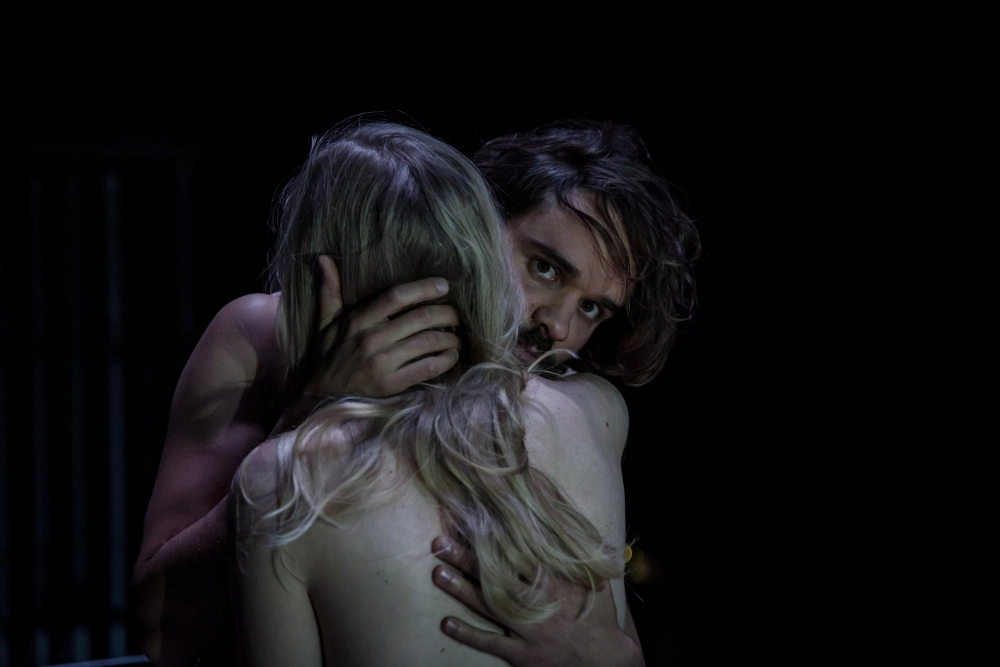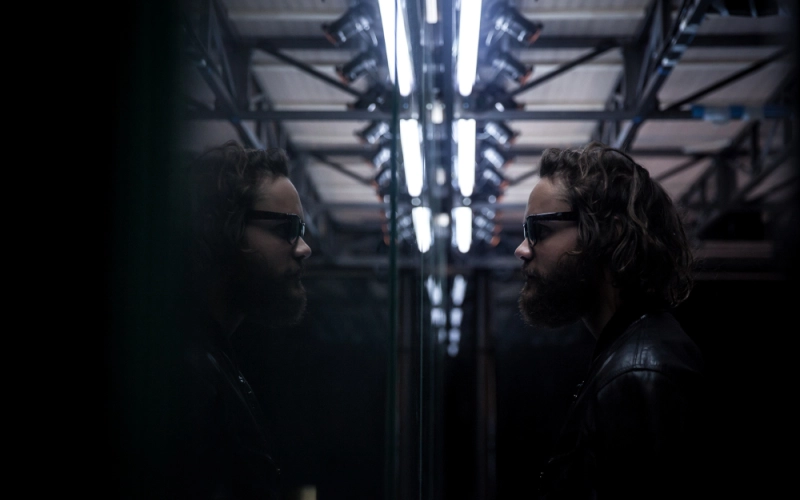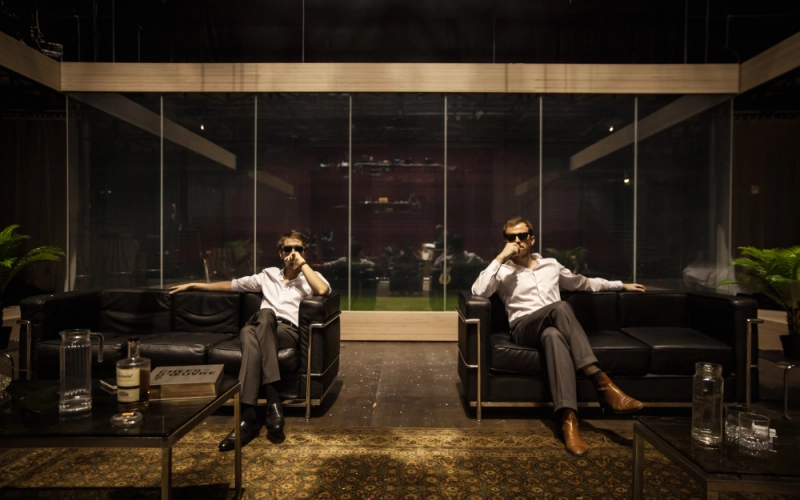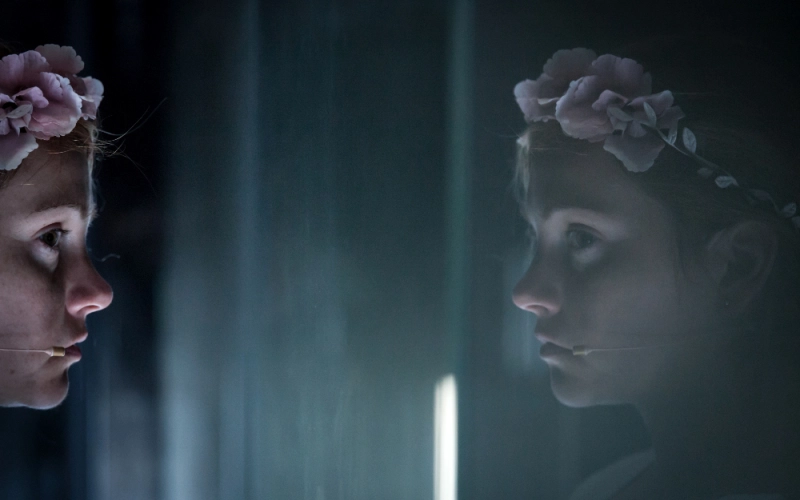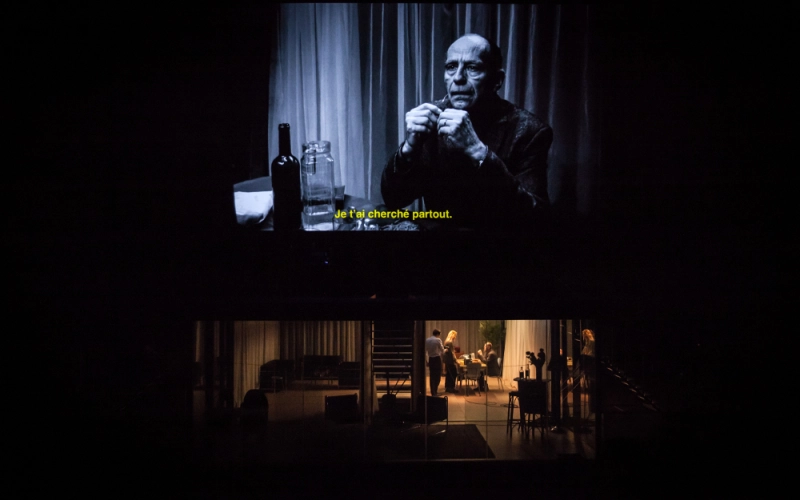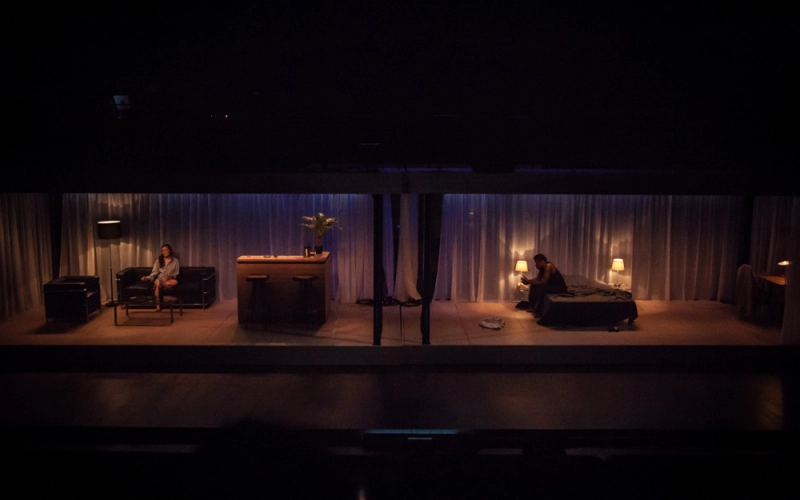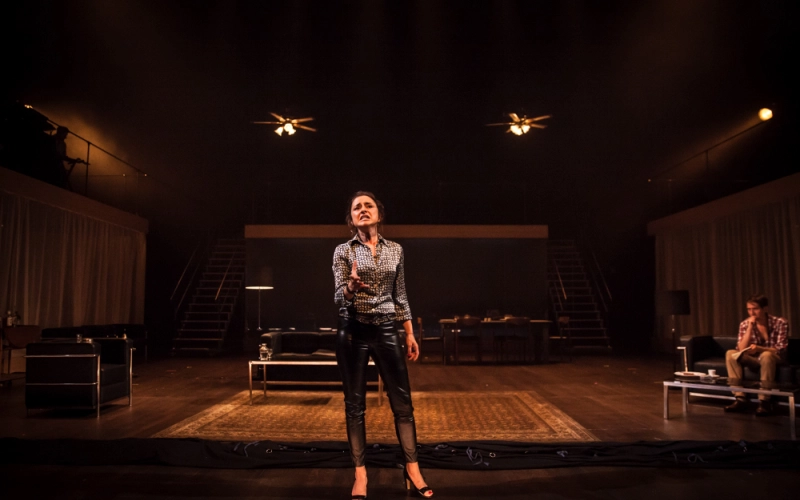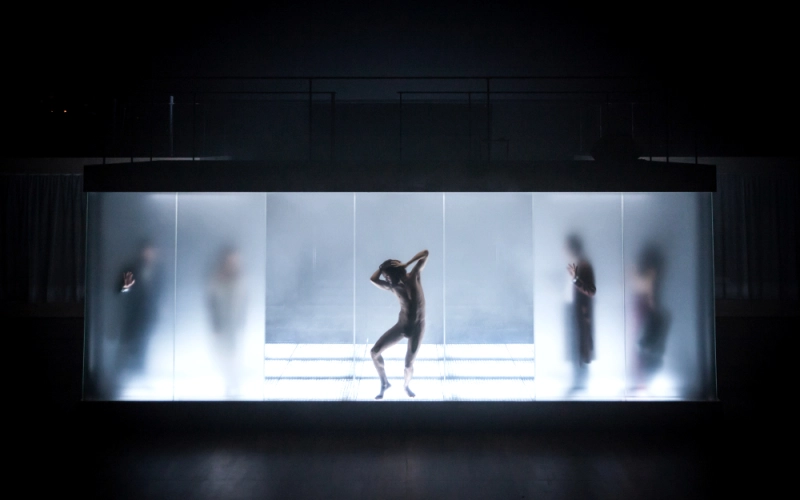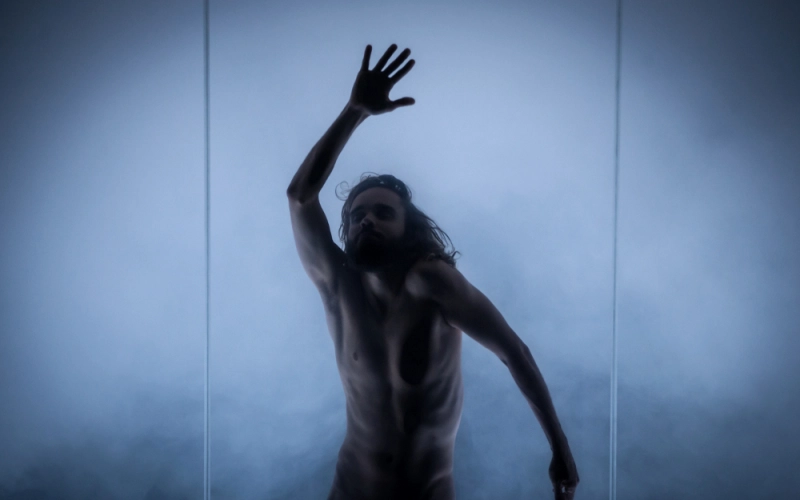2666
10 September – 16 October 2016
 Berthier 17e
Berthier 17e
After Les Particules élémentaires, by Michel Houellebecq, Julien Gosselin and his company’s latest undertaking is perhaps even more foolhardy than the previous one. 2666 is an adaptation of the masterpiece by the Chilean writer, Roberto Bolaño, and its breathtaking enquiry into writing and evil. Since its posthumous publication in 2004, 2666 has been heralded by critics world over as one of the major texts of the early 21st century. Bolaño, a writer of poetry up to this point, did not turn his hand to narrative fiction until the mid-1980’s, by which time he was in his forties. His unique tone quickly aroused interest - a combination of his own special brand of irony, melancholic strangeness, formal elegance and predilection for cryptic allusions that frequently lead readers up the garden path. And all this at the service of a sense of the real which seems to marry together, in an organic way, the intricacies of the so-called globalization of the imagination. With its vast size (the French translation is 1353 pages long), status, and content, Bolaño’s final cosmic novel is impossible to sum up. Its five parts can be read separately. They shift between the worlds of the Ancient and the New, spanning the period from the aftermath of the First World War up to the present day. The universe that Bolaño summons up, in contrast to that of Pascal, appears to have a centre that is nowhere to be seen, and its circumference everywhere. Or if it does have a centre, it is one that never ceases to slip through our fingers (in his notes, Bolaño himself speaks of a “secret centre”). The bulk of the characters seem to try to make headway, often unwittingly, towards a magnetic point of fascination where all the different lines of destiny would meet each other, and all questions would be answered - if only this point was reachable.
Though it does at least seem to have a sort of equivalent, with a name which can be found on a map: Santa Teresa, an imaginary town or city inspired by Ciudad Juaréz (whose sad reputation stems from the series of barbaric rapes and murders of hundreds of women since 1993). The five sections of 2666 converge there in an enigmatic way. The book swings into action with “The Part about the Critics”, in which four academics set off on a quest to find Benno von Archimboldi, the German writer that their research focuses on. Their search brings them to Santa Teresa. A multitude of journeys ensues, followed by seemingly unrelated wanderings and digressions of various sorts, but which all lead to Mexican soil. What is the relationship between the horrors of Santa Teresa and those of the Second World War, in which the young Archimboldi, in the guise of his Third Reich uniform, plays a part? Bolaño tells us no more about it than he does about the nature of the relationship which seems to establish itself between writing (critic-based, journalistic or artistic) and evil.
Julien Gosselin knows all too well that the book, just like the real life that it reflects, holds no easy answers for someone trying to find their way through it. He also knows that the stage can match the enormity of a novel, and the world it conjures up. In this his forthcoming new work at the 2016 Festival d’Avignon, his dream is to create a show which is rich and bursting to the seams with energy, and which will be “for the audience what 2666 is for the reader - colossal, unending, joyous, and difficult at times. Onstage there will be between fifteen and twenty actors, doubling up as musicians, performers, narrators and characters. I want to bring together all the necessary elements in this attempt at a sort of total theatre that we are working towards."
